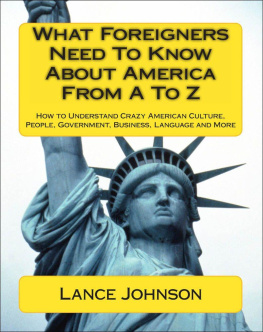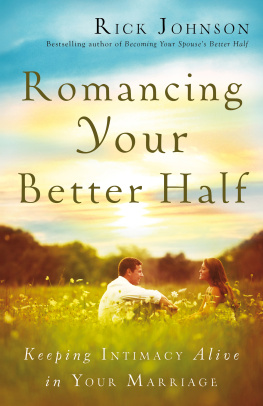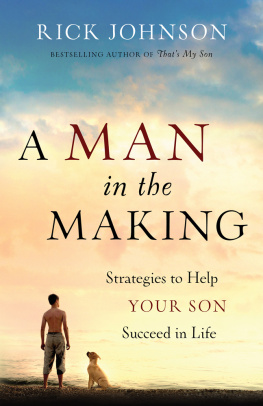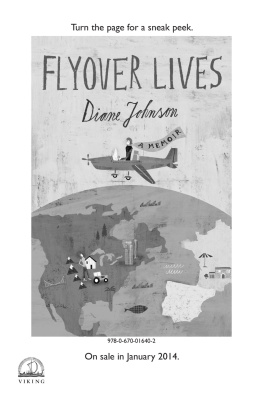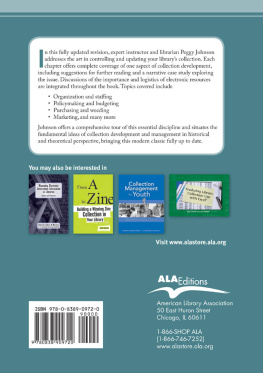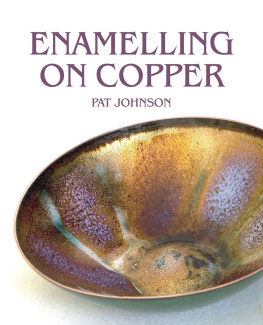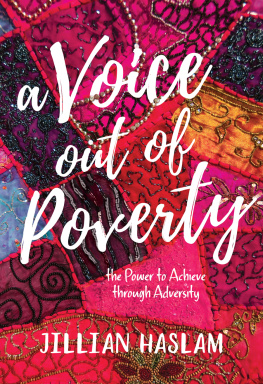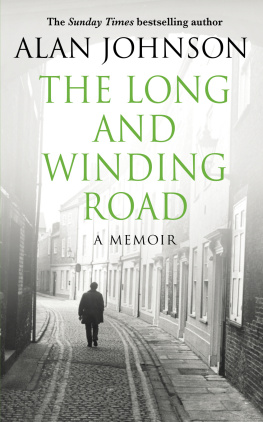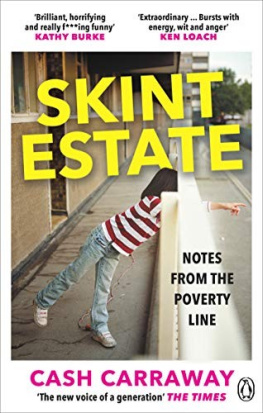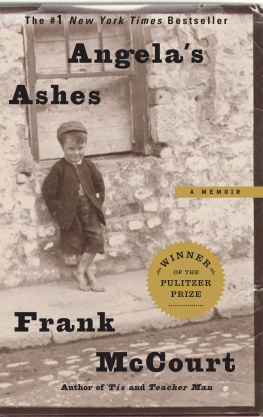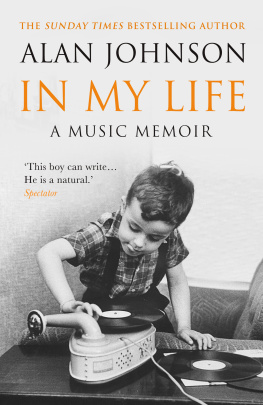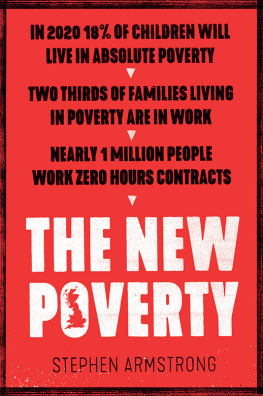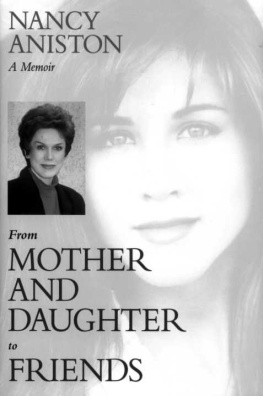About the Book
Alan Johnsons childhood was not only difficult but unusual, particularly for a man who was destined to become Home Secretary. Not because of the poverty many thousands lived in the slums of postwar Britain but in its transition from two-parent family to single mother and then to no parents at all...
This Boy tells the story of two incredible women. Alans mother, Lily, who battled against poor health, poverty, domestic violence and loneliness to try to ensure a better life for her children. And his sister, Linda, who assumed parental responsibility at a very young age and fought to keep her brother out of care when she herself was still only a child.
Played out against the backdrop of a vanishing community living in condemned housing, Alans story moves from postwar austerity in pre-gentrified Notting Hill, through race riots and school on the Kings Road, Chelsea, to the rock-and-roll years, making a record in Denmark Street and becoming a husband and father whilst still a teenager.
Its an astonishing and moving story of success against all the odds and a vivid account of a bygone era.
Contents
This Boy
Alan Johnson
For Linda, who kept me safe.
Prologue
IM STUDYING A photograph. A small black and white image taken with a box camera. By a friend? One of my uncles? A passerby? Two figures set in a bleak but indistinct postwar landscape, standing arm in arm in front of railings outside Kensington Register Office with what appears to be barbed wire behind them. He is in his army uniform, the single ribbon denoting merely that hed served. Hed been a lance corporal. I dont know with which regiment, or where, or whether he killed anybody (the question asked by practically all small boys of their fathers after the war). What I do know is that it could be said he helped to kill the woman beside him.
But on that day in January 1945, they must have been full of excitement and optimism about the life that lay ahead of them. Stephen Arthur Johnson and Lilian May Gibson (when she was born, in May 1921, her grandmother said she looked like a lily in May).
His smile is slight, betraying a determination not to show his teeth. Tie beautifully knotted, beret angled slightly too high on one side covering his red hair. She seems happy. A pretty, petite Liverpudlian with a Doris Day nose (what she called her titty nose, which she insisted I had inherited); smart in her cockade hat, placed at the same rakish angle as his beret. Her suit, though, is dark; were it not for the two white carnations pinned to her lapel, she could be at a funeral rather than her wedding. In the high heels she must have been wearing, though her shoes are out of shot, she looks only a little shorter than him. He was small, but she was smaller not much more than five feet.
Were they happy on their wedding day? Surely they must have been but the hand through his arm is curled and tense, not flat and caressing; almost a clenched fist.
The faded inscription on the back reads: To Jean with love from Steve and Lil xxx. Steve and Lil. Does the fact that his name comes before hers mean he wrote it? Could that be his handwriting? Did he take charge of distributing what I believe to be the only photograph of their wedding? No, more likely it was simply the convention of putting the husbands name first. It would be my mother, Lily, writing to her sister with this record that Steve and Lil xxx had decided to face their postwar future together. Although, as things turned out, they spent it together yet apart and then just apart.
PART I
STEVE AND LILY
Chapter 1
MY SISTER LINDA and I were born either side of the creation of the National Health Service in 1948. I like to think our relative birth weights had something to do with Labours greatest achievement.
In 1947, Linda weighed just 5lbs 4oz and was so tiny that she slept on a pillow in a drawer, which was convenient given that there was no room for a cot. By contrast, I put the boom into baby boomer, weighing in at 10lbs on 17 May 1950. It was a complicated birth and it took its toll on Lily. She and I nearly died: she from the strain on what it would later emerge was already a weak heart and me because the umbilical cord was wrapped around my neck.
Lily was advised to have no more children and agreed to be sterilized. When I heard this mentioned as a child, I could only equate it with sterilized milk, bottles of which were ubiquitous on Britains doorsteps. I had no conception of the pain and anguish that sterilization must have caused an attractive woman still in her twenties.
I was to be named Robin until Alan Ladd, the Hollywood film star, made a brief but lasting intervention in my life. Ive always rather liked the idea of being Robin Johnson. But the woman in the next bed to Lilys at Paddington General Hospital was a big fan of the diminutive Mr Ladd (as, for some inexplicable reason, were most young women at the time), and rocking Robin was quickly renamed Alan, with the awful addition of my fathers middle name: Arthur. Nobody calls their children Alan or Arthur any more. Come to think of it, there are very few Lindas under fifty, either. I hated Arthur so much that I never used it: at secondary school, I pretended that the second A of my initials stood for Alvis.
We lived, courtesy of the Rowe Housing Trust, at 107 Southam Street, North Kensington, London W10 a street whose buildings had been condemned in the 1930s. At least one family occupied each of the four floors and the dank basement. Before my arrival, Lily, Steve and Linda had lived in one room, but when I was born the trust gave us two rooms on a higher floor. One for sleeping in and one for eating in. Everyone used the same front door and the single decrepit toilet in the small concrete yard that backed on to the railway line in and out of Paddington Station. There was no electricity in the house or outside, for that matter. The street was lit by gas lamps, which a man on a pushbike came to light every evening. Lily told us he was the Sandman, come to send us to sleep.
Notting Hill has become the generic term for a whole chunk of West London, but we didnt call our bit Notting Hill then. It was North Kensington, or, to be more accurate, Kensal Town known to us simply as the Town. Notting Hill was at the other end of Ladbroke Grove.
Southam Street was famously immortalized by the renowned photojournalist Roger Mayne in a series of photographs taken between 1956 and 1961. He recorded both the squalor and the vibrancy of life there, the spirit of survivors inhabiting the uninhabitable. The houses first condemned two decades earlier were eventually declared unfit for human habitation while we were in residence and by the 1960s they had all been demolished. In the meantime we lived in two houses in the street, moving in 1956 from number 107 to number 149, where we had three rooms and a cooker on the landing.
The street straddled both sides of the Golborne Road. Those of us in the west end of the street referred to the eastern part as the rough end. Doubtless they said the same about our side. There were no cars but plenty of kids. Indeed, as I recall, Southam Street was designated a play street: a blue sign outside the Earl of Warwick pub, at the junction with Golborne Road, informed drivers that they could enter for access only. Since nobody in Southam Street had a car that meant a vehicle-free street teeming with children. Given the overcrowding and the lack of sanitation, its hardly surprising that the street was where people gathered, kids and grown-ups alike, irrespective of the weather.
Next page
![Johnson This boy: [a memoir of a childhood]](/uploads/posts/book/185323/thumbs/johnson-this-boy-a-memoir-of-a-childhood.jpg)
